· RK,
also lovingly called Kaka was an Icon, a craze, an enigma and a phenomenon not
only for a collectivity called fair sex (many of them would splatter wind
screen of his swanky cars with lipsticks) but he was also a tremendous source
of inspiration and style for the young men in the 70s and early 80s. Who can
ignore or forget his unique hair style, distinct buttons, dog collars, large
goggles and off course, the khadi kurta, which simply swept the nation?
· The
first and only superstar of Hindi Cinema had delivered 15 consecutive hits
between1971 to 1980 as a solo hero, a record unbroken till date. Jatin Khanna,
the adopted son of a big shot named Chunnilal Khanna, was famous for visiting
studios in expensive cars in search of a role. Though he began his innings in
1966 from Aakhri Khat, directed by the talented Chetan Anand, followed by Raj,
directed by GP Sippy, it was only through Khamosi (Director Ashit Sen), Safar
and Anand (1969, Director, H. Mukherjee) that he was recognized and made an
indelible mark. He catapulated into
instant stardom with Aradhana. A star was born, not to fade or set, it was to
blink and blink for a long time. Once a clear winner out of 10,000 Filmfare contestants,
he was determined to establish his credentials.
· To
my knowledge, Rup Tera Mastana and Ye Jo Mohabbat Hai were one of the most
powerful and memorable picturisations ever. Neither the novice in RK nor
immense experience and calmness in Sharmila Tagore uttered or did any ‘lip
service’, they simply expressed and performed through their eyes. No ‘Munni
Badnam Hui’, ‘Shiela ki Jawani’ or ‘Chikni Chameli’ type of formula was needed
or called for. There are many tales and
sub-tales surrounding the life and times of RK, but in the fierce competitive
world of celluloid when no new and fresh face was seen on the horizon, he saw
and grabbed the opportunity. Soon he proved popular, flamboyant, charming and
magical. A time came when he began out living the script and the prescribed
frame.
· Romance
prospered always. It lingered on in this era when multi-starrers came knocking
the doors, presumably taking a cue from a few Hollywood block- busters.
Ultimately, it was anger and aggression that flourished starting with Namak
Haram, Zanjeer, Deewar and Sholay. And the saga of love, hatred, melancholy,
compassion, submission, annihilation and what not continues.
· Apart
from Sharmila Tagore, Asha Parekh, Mumtaz (exemplified excellent on screen
chemistry) a few encouraging, experimenting and pulsating directors and
script-writers, contribution of one and only Kishore Kumar cannot be undermined
in the epic success story of Kaka. If Kaka was the body, Kishore Kumar was the
soul, everyone would state.
· He
died rather, loved to die or made to die several times in films such as Anand,
before he actually breathed his last at Ashirvad, now rechristened Dimple.
· Not
only he embodied the innocence and struggles of common man, he had tremendous
ability to connect with the audience. Having figured in and behind haunting and
melodious inimitable songs, at the end of the day, he was a lonely man. He
gained in name and fame tremendously but was decisively vanquished on conjugal
front. Like the highly pampered prince of Premnagar he would search for his
Mehbooba, ostensibly with the help of ‘Lal Rang’, evening after evening. He
would resort to contemplation in isolation, with no company from his erstwhile
fans, foes or friends.
· He
had an unusual and powerful image. The unique movement of his right hand, twist
of neck and gestures conveyed through eyes made him a legendary figure. Though
he acted in over 150 films and was a big source for living for lakhs of people,
he received only three Filmfare awards as best actor.
· In
1992 he delved into the un-reliable and mysterious world of politics from New
Delhi constituency with former or separated wife Dimple and two lovely
daughters in toe. The ‘connection’ and ‘disconnection’ or purported romance
with the teenage sensation of 1973 continued to be part of his multifarious or
fractured personality till the time he actually called it a day.
· Like
any ‘dying’ actor or an artist of bygone era, he was conferred with a life time
achievement award in 2005 by none other than Amitabh Bachchan, his Babu Mosai
or ‘foe’ of yesteryears. Despite his obsession for liquid, which he publicly
pretended to detest, he made an unsuccessful comeback in a TV serial and a B
grade film as also an unimpressive and non-descript advertisement for a ceiling
fan.
· It
may be appropriate to sum up in the words of AB or Big B ‘Rajesh Khanna entered into the hearts and minds of every Indian’. But
should we also quote Raj Kapoor ‘the
show must go on, because it has to go on’?
· An
illustrious career has come to a standstill. With moist eyes, let us sing ‘
Zindagi Kaisi Hai Paheli, Kabhi to Hasaye, Kabhi to Rulaye’.


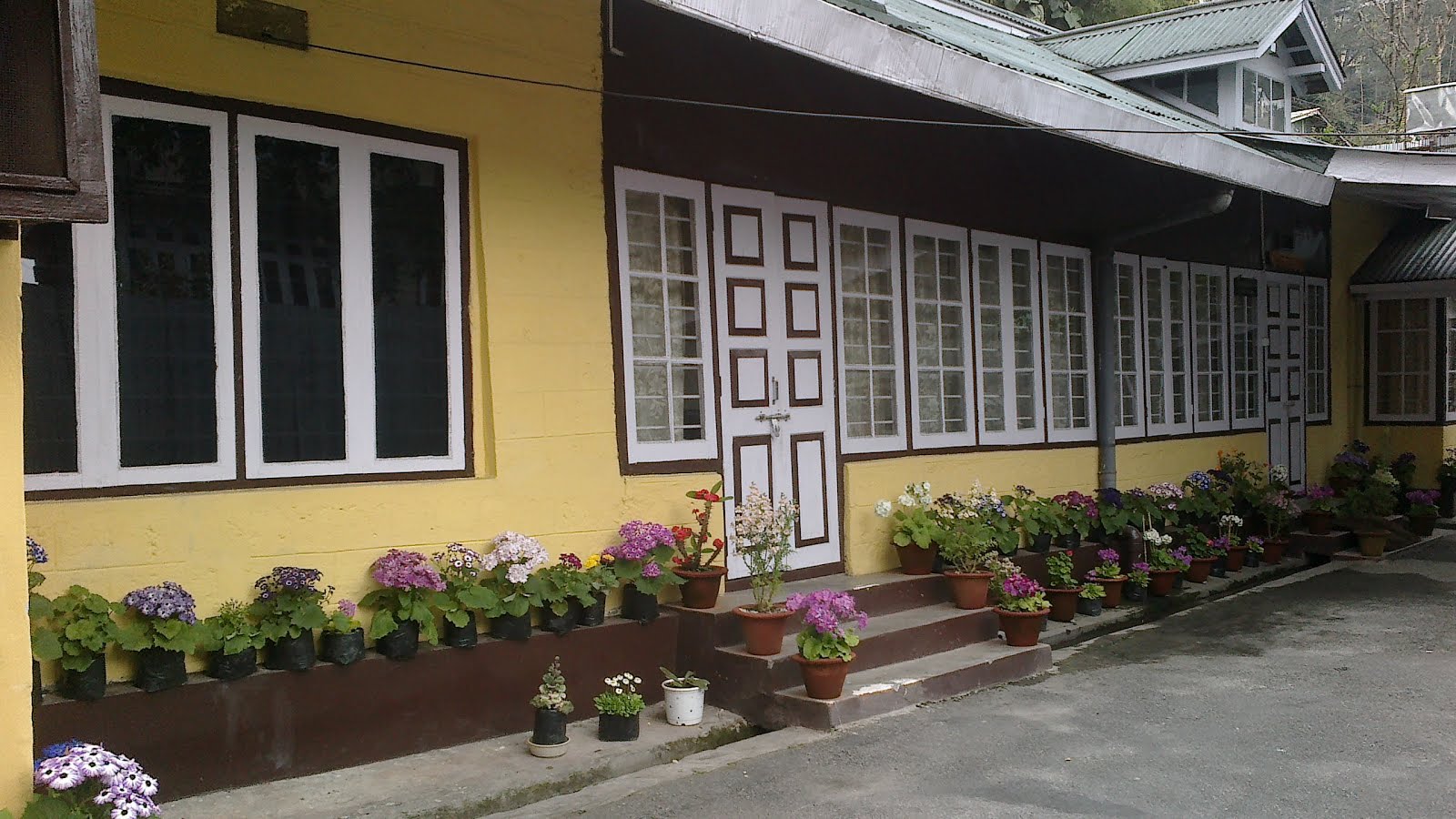
























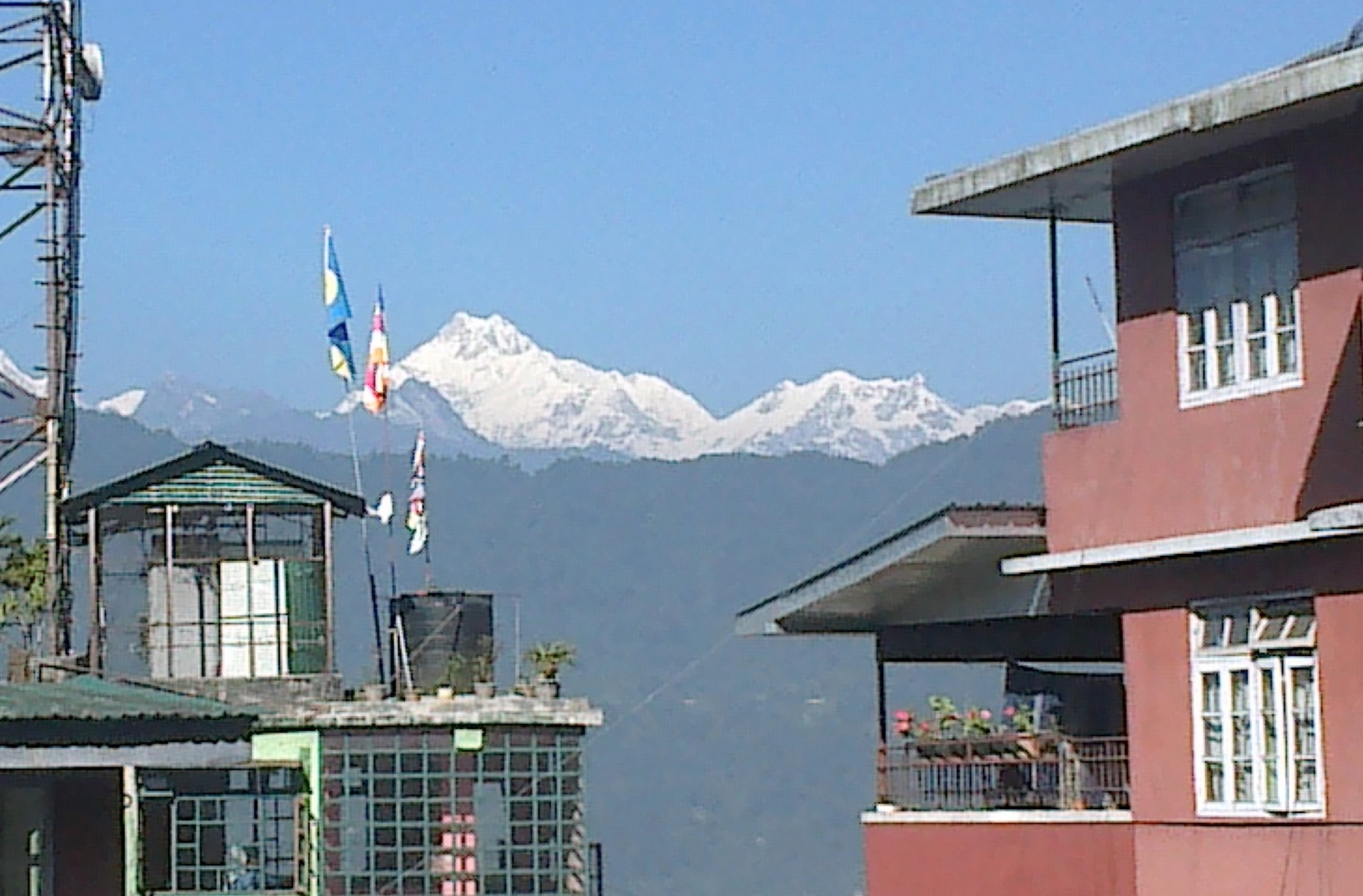


























































































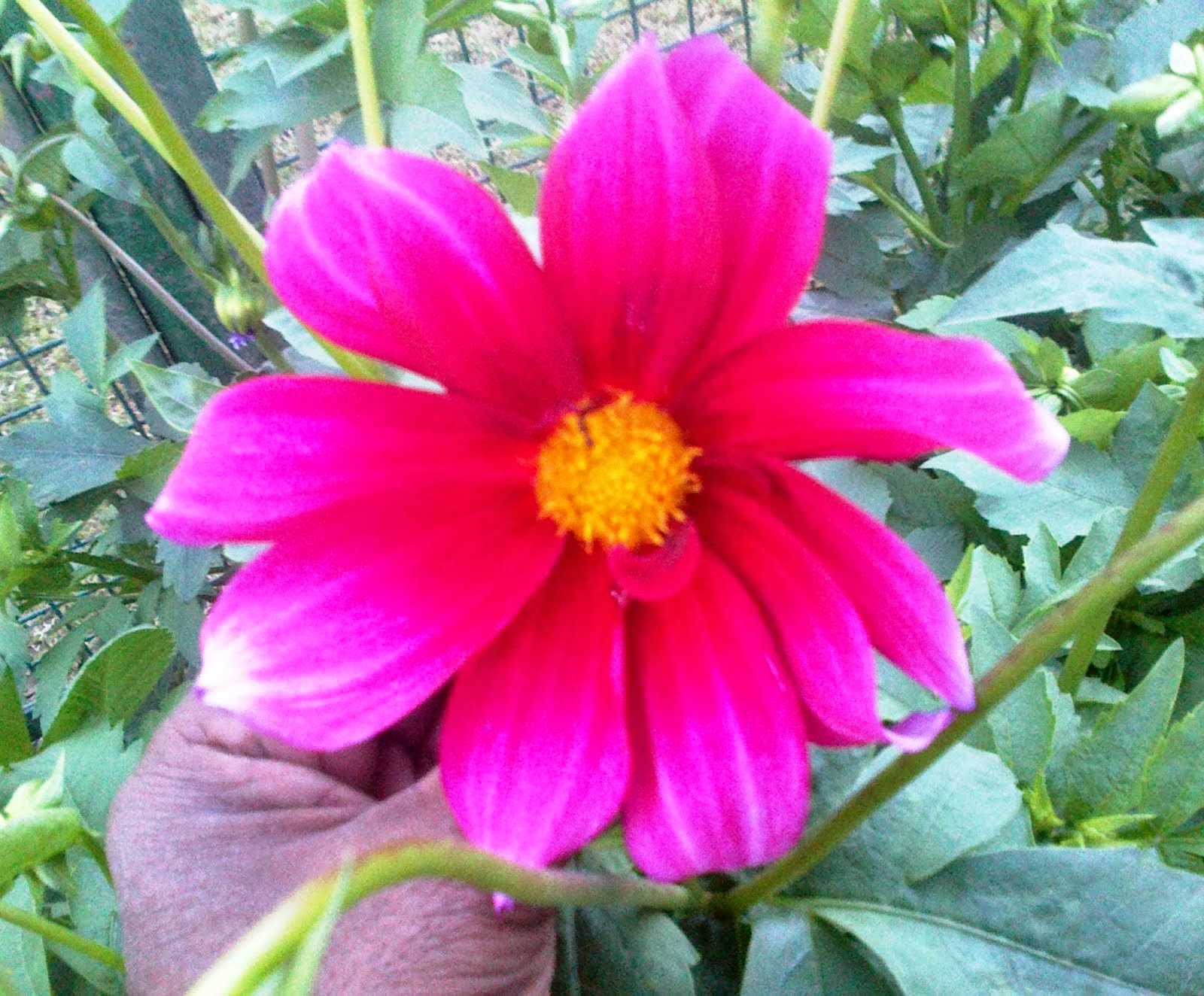



















































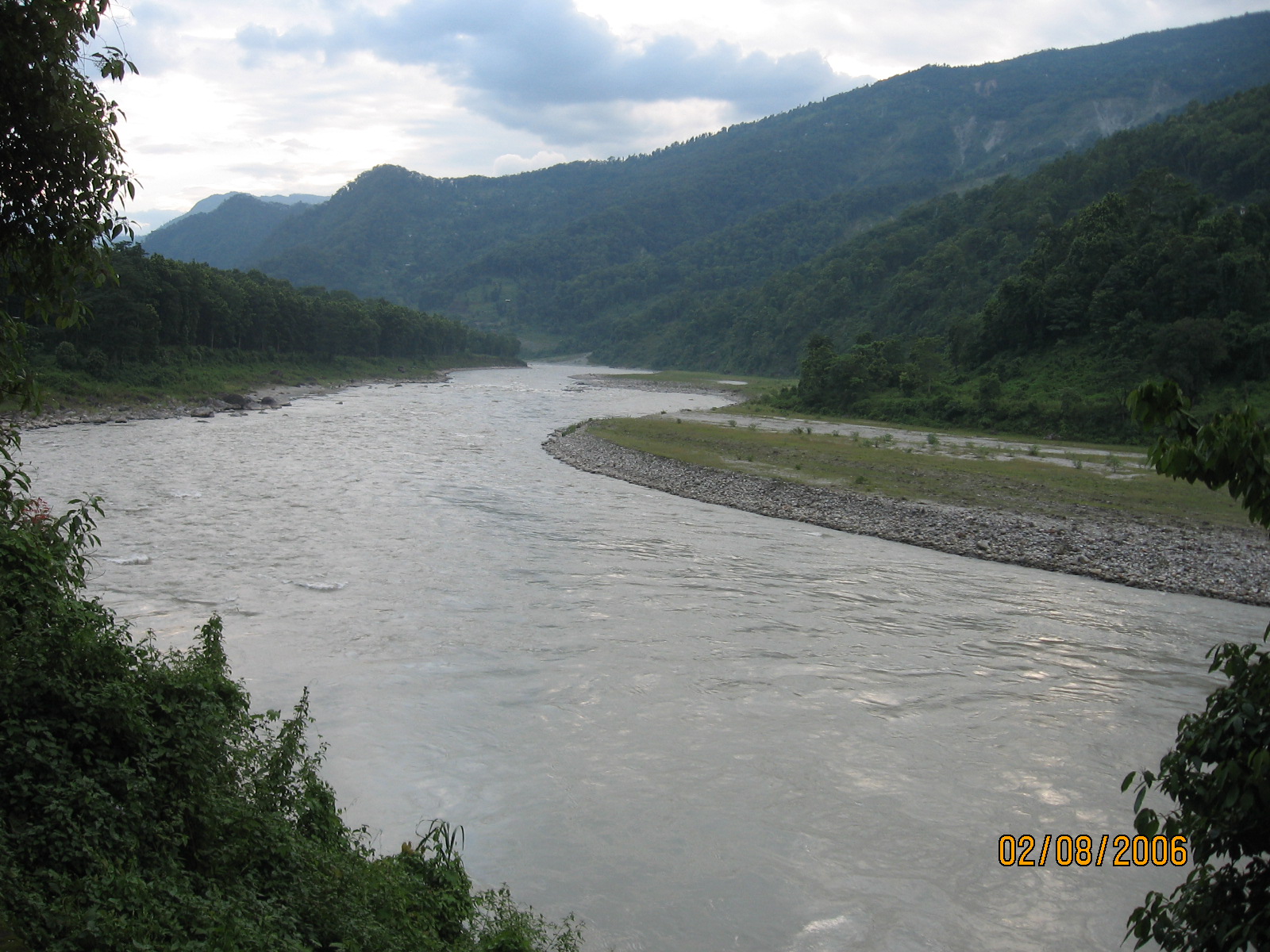



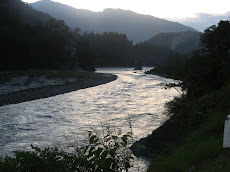
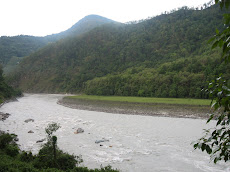
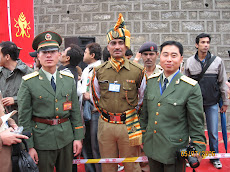

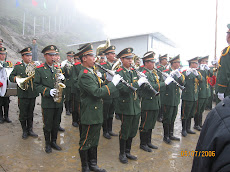


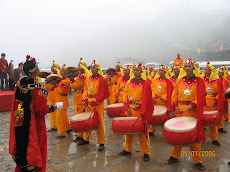
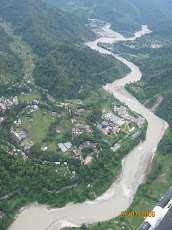





















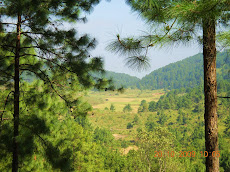








.jpg)








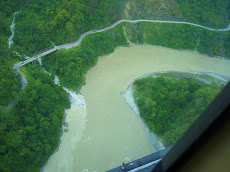


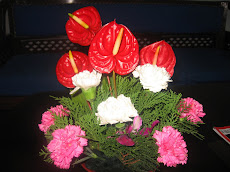





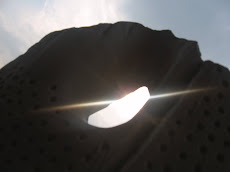
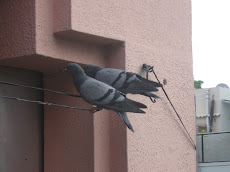
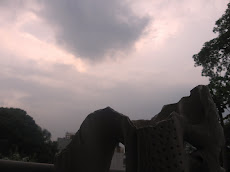

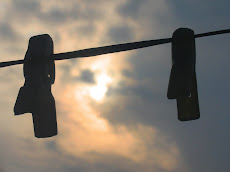
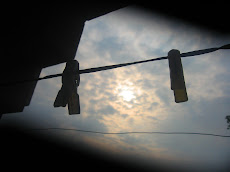








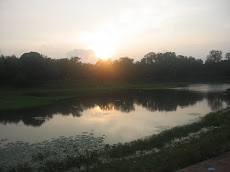



























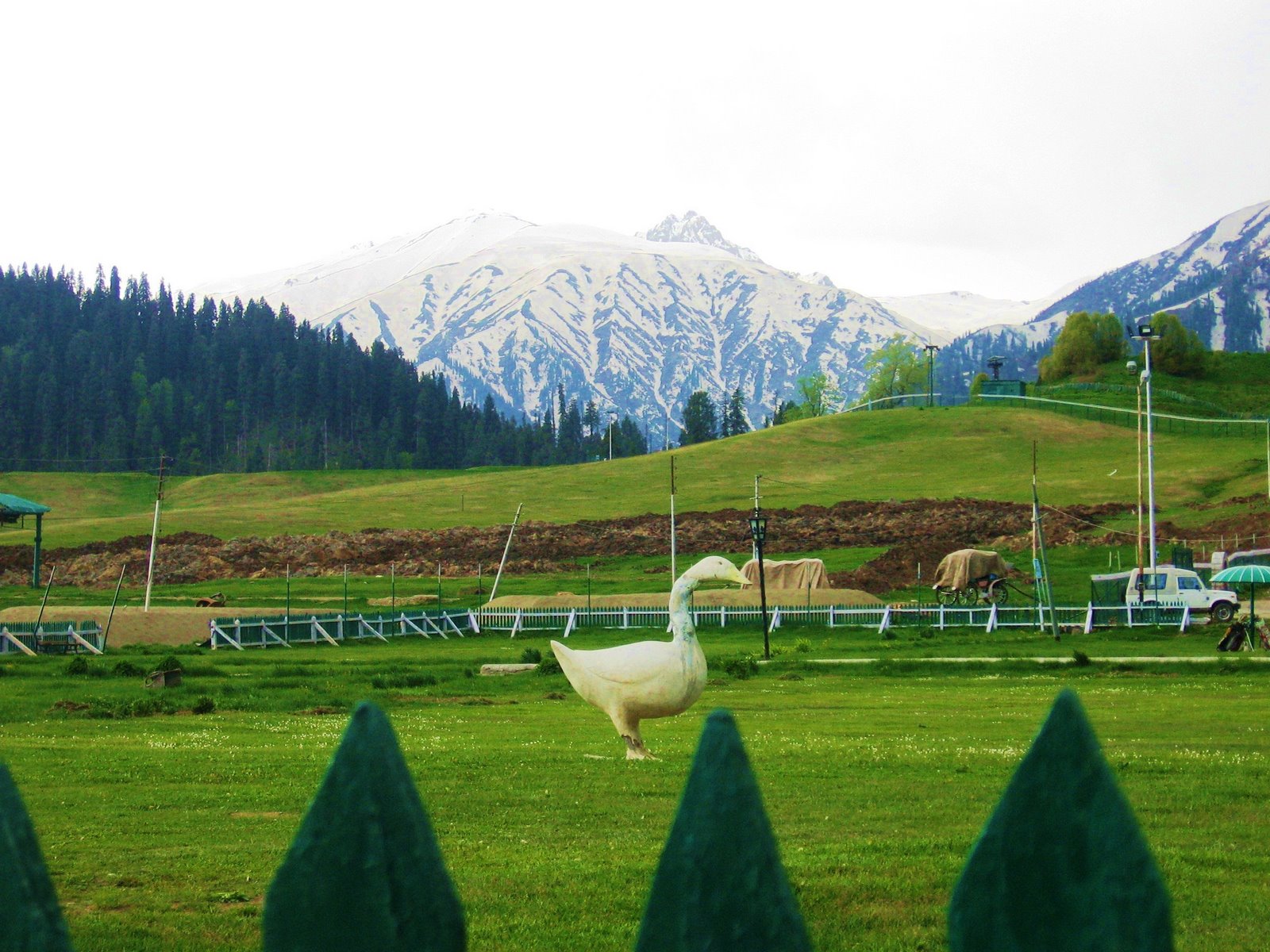
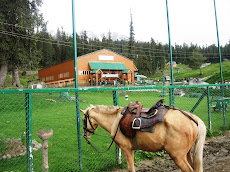
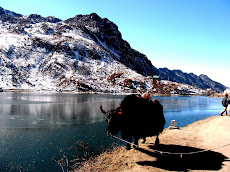








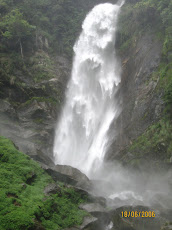



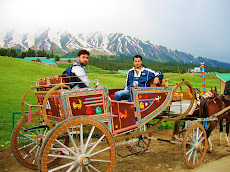












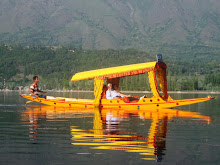
No comments:
Post a Comment